The Indian government will soon launch a utility-led solar program under the PM Surya Ghar: Muft Bijli Yojana to benefit households without suitable rooftop space, Union Minister for New and Renewable Energy Pralhad Joshi said during his speech at the Mercom India Renewables Summit 2025.
The minister also shared that India has achieved a landmark in its energy transition journey by reaching 50% of its installed electricity capacity from non-fossil fuel sources – five years ahead of the target set under its Nationally Determined Contributions (NDCs) to the Paris Agreement.
“We aimed for 500 GW of non-fossil capacity by 2030. Today, we are proud to say that half of India’s installed power is already from non-fossil sources,” said the Minister, crediting the achievement to the leadership of Prime Minister Narendra Modi.
During his address, the Minister also revealed that the to-be-launched utility-led solar initiative is designed to benefit households without suitable rooftop space. The program aims to further democratize access to solar energy across rural India.
To accelerate the energy transition, the Minister further outlined five strategic focus areas: strengthening power purchase agreements (PPAs), developing robust grid and storage infrastructure, promoting domestic manufacturing, optimizing land use, and improving access to finance.
India’s clean energy growth is being enabled by landmark initiatives such as the Surya Ghar program, which has already received over 58.7 lakh applications and resulted in 17.2 lakh completed rooftop solar installations. To further strengthen the solar sector, the government has launched an INR 5,400 crore viability gap funding (VGF) scheme for 30 GWh of battery energy storage, which is expected to attract INR 33,000 crore in investments.
India’s installed renewable energy capacity now exceeds 245 GW, including 116 GW of solar and 52 GW of wind. The Minister highlighted that clean energy expansion in 2024 alone helped the country save nearly INR 4 lakh crore by reducing fossil fuel imports and pollution.
The Minister said that under the National Green Hydrogen Mission, 8.6 lakh TPA of green hydrogen capacity and 3,000 MW of electrolyzer manufacturing have already been allocated.
This content is protected by copyright and may not be reused. If you want to cooperate with us and would like to reuse some of our content, please contact: editors@pv-magazine.com.

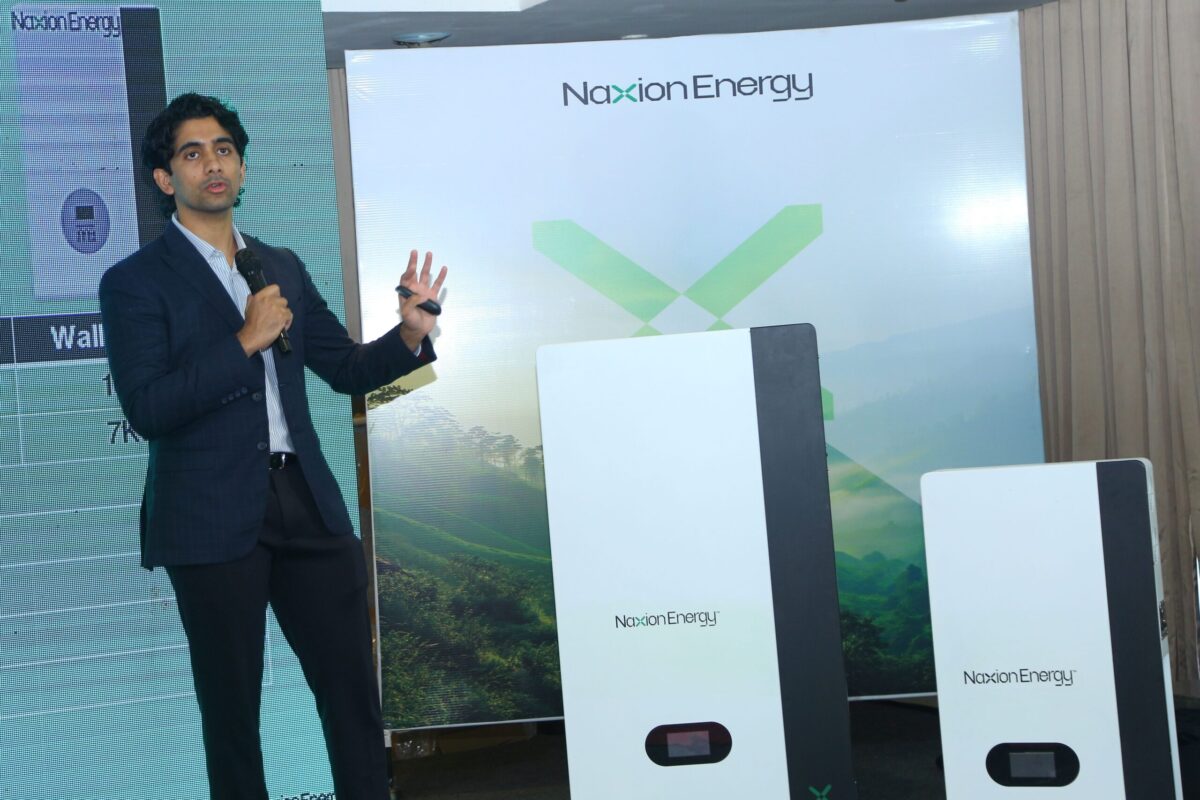


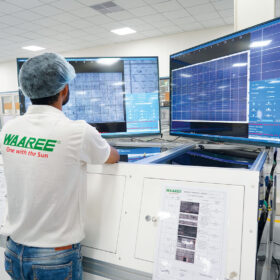
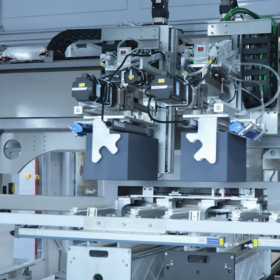
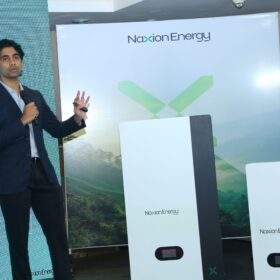

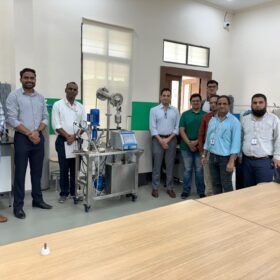
By submitting this form you agree to pv magazine using your data for the purposes of publishing your comment.
Your personal data will only be disclosed or otherwise transmitted to third parties for the purposes of spam filtering or if this is necessary for technical maintenance of the website. Any other transfer to third parties will not take place unless this is justified on the basis of applicable data protection regulations or if pv magazine is legally obliged to do so.
You may revoke this consent at any time with effect for the future, in which case your personal data will be deleted immediately. Otherwise, your data will be deleted if pv magazine has processed your request or the purpose of data storage is fulfilled.
Further information on data privacy can be found in our Data Protection Policy.